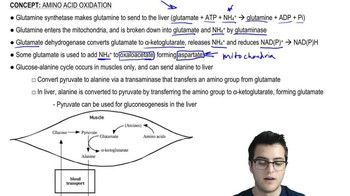Multiple Choice
Cells are able to distinguish proteins destined for secretion or for segregation to specific intracellular compartments from those that will remain in the cytoplasm because __________.
1633
views
 Verified step by step guidance
Verified step by step guidance



 6:12m
6:12mMaster Introduction to Translation with a bite sized video explanation from Bruce Bryan
Start learning